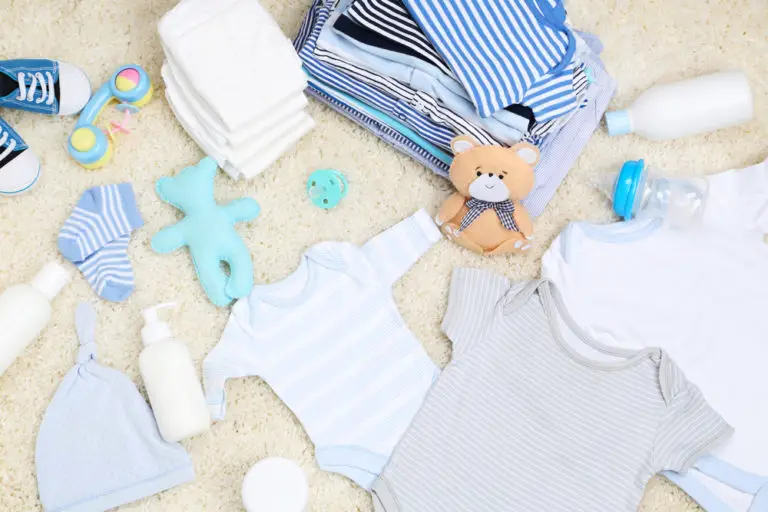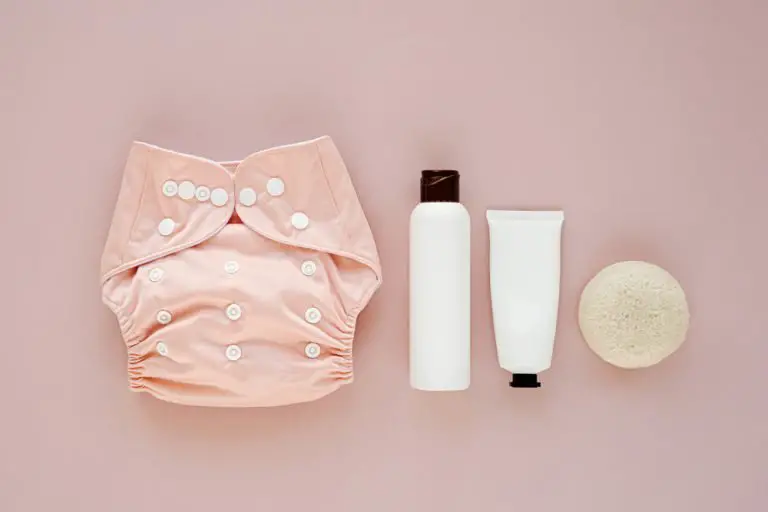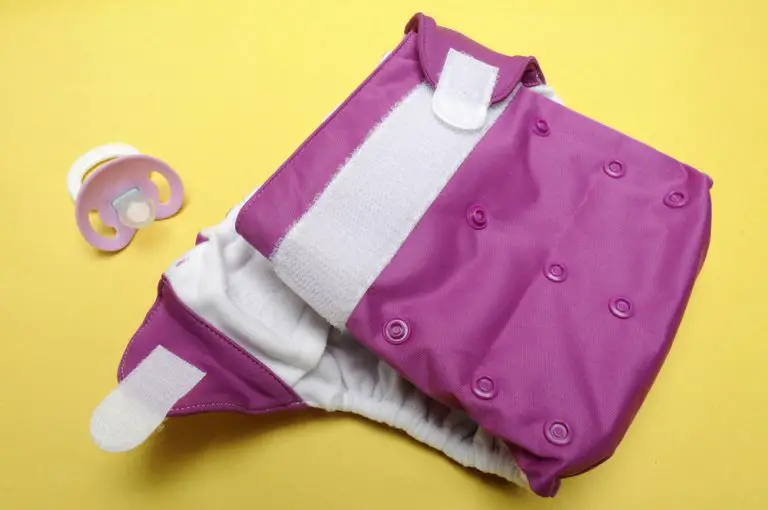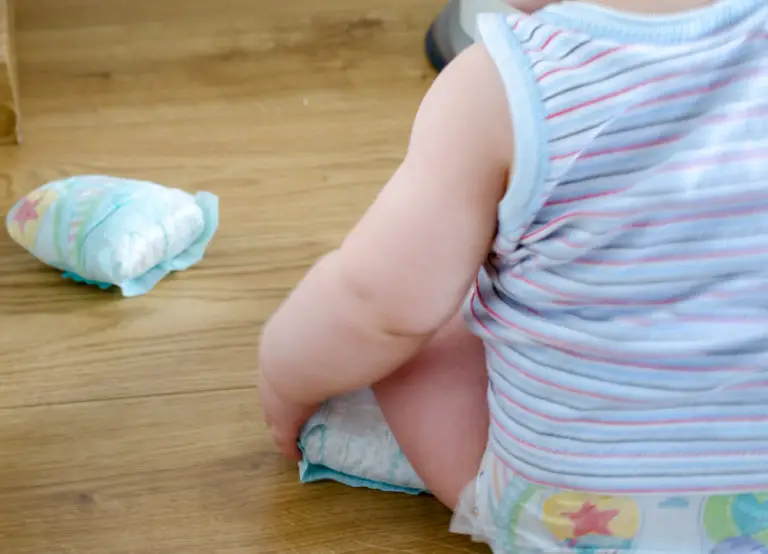Suede Fabric: Properties, Pricing & Sustainability (2024)
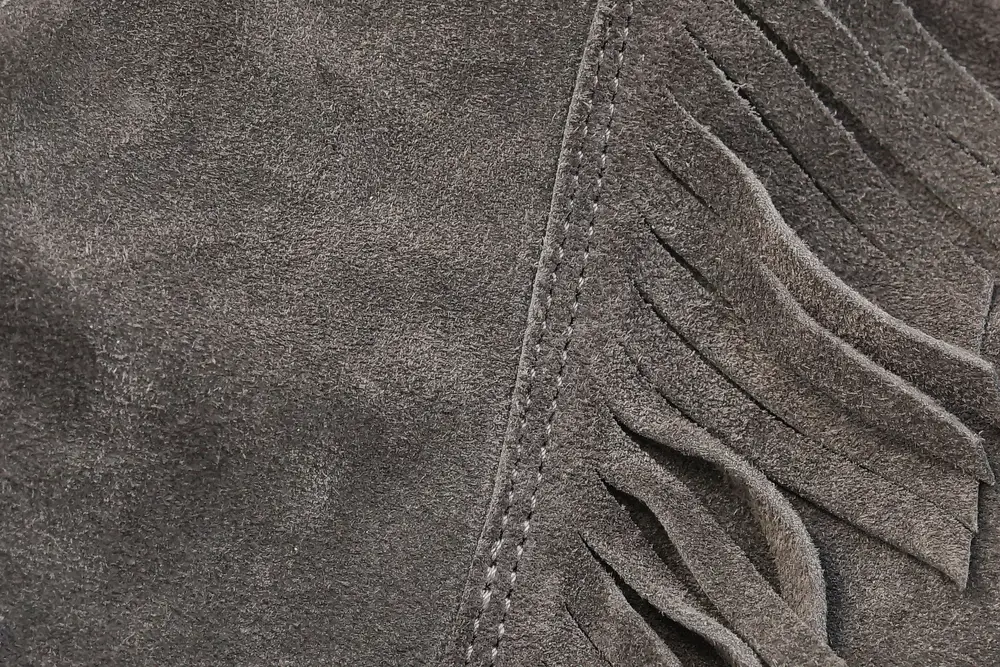
Suede fabric is a style of leather that is made from animal skins. Suede is characterized by its soft nap and is commonly used to make clothing, shoes, boots, purses, and furniture. Suede uses the underside of the animal skin, unlike leather which is the top side. Suede is a soft, luxurious fabric that is popular worldwide.
Fabric Profile
Fabric Name: Suede
Synonyms: Fuzzy leather, Ultrasuede, Napped leather
Fiber Type: Natural material, animal skin
Breathability: Not very breathable
Absorbency: Does not absorb liquid well
Characteristics: Warm, soft, does not pill,
Washing Requirements: Spot clean, dry-cleaned
Common Uses: Jackets, boots, shoes, bags
Heat Press Temperature: Suede should not be ironed
- What is Suede?
- Types of Suede Fabric
- Suede Fabric Characteristics
- Downsides of Suede Fabric
- Common Uses of Suede Fabric
- Suede Fabric Pricing
- How is Suede Made?
- Where is Suede Manufactured?
- Suede Fabric Environmental Impact
- Suede Fabric Certifications
- History of Suede Fabric
- Suede Fabric Alternatives
What is Suede Fabric?
Suede cloth is a fabric made from the skin of animals and can be made from any animal used to make leather. While suede and leather are both made from animal hides, suede uses the underside of the skin, whereas leather is the top.
Because the underside is much softer, suede is considered a luxurious fabric; it is also, however, more prone to stains and damage. It is also less durable than traditional leather.
Additionally, suede is not naturally waterproof and makes a better fair-weather or indoor fabric.
Suede was first made in Sweden, and the word literally translates to “gloves of Sweden.” Gloves were the first and only product made from Suede for several decades; however, it is commonly used for furniture, bags, boots, shoes, and clothing.
Suede tends to be lightweight, soft on the skin, and very comfortable to wear. It has a soft nap and is usually matte in appearance.
Suede vs. Nubuck vs. Velvet
Suede, nubuck, and velvet are all luxuriously soft fabrics; however, there are some distinct differences between the three. Suede and nubuck are made from animal hide, whereas velvet is woven.
Nubuck is made from cowhide and is rubbed so that the nap has a similar feeling to suede; while it is soft like suede, nubuck is considered leather. Nubuck is commonly used to make outerwear, boots, shoes, and bags.
Because nubuck is made from the outer side of the animal hide, it is more durable than suede but still has a soft, buttery feel and look.
Velvet is a woven fabric and can be produced using natural or synthetic fibers. Velvet is a very dense fabric that adds to its softness. Velvet got its name because it feels like the soft downy skin covering a deer’s antlers.
Like suede, velvet works best as an indoor fabric and is often found on pillows, curtains, and other home goods.
Types of Suede Fabric
Suede material can be manufactured from any animal hide used to make leather; however, the most common types of suede are sheepskin, cowhide, and pigskin. Each type of suede has unique characteristics as well as pros and cons. The following sections will outline each type of suede and its properties.
Sheepskin Suede
Sheepskin suede is a soft, brushed suede made primarily from lambskin. Sheepskin suede is usually made from lambskin because it is lighter and softer than adult sheepskin; however, adult sheepskin can be used.
Sheepskin suede has a velvety nap, making it very soft to the touch. Sheepskin suede is a very warm fabric, and while it is not waterproof, it makes an excellent fabric choice for a winter coat.
Sheepskin suede is the most lightweight of the suede fabrics but does an excellent job keeping the cold and damp at bay. Unlike other types of suede, the textile is made, leaving the fleece intact. In addition, the wool lining adds a soft feel to the interior of bags, boots, and jackets.
Sheepskin suede can be made from any type of sheep, but the most luxurious are the Toscana and Merino sheep.
Cowhide Suede
Cowhide suede is the most durable suede type, but it also has the coarsest suede fabric texture. Cowhide suede is your best option if you want to make a product with longevity.
While cowhide suede is usually made from calfskin, it can be made from adult cowhide as well; however, adult cowhide will be even more coarse than calfskin.
Even though cowhide suede is considered more coarse, it is still a very soft and velvety fabric, especially if it is high-quality suede.
Some people enjoy cowhide suede because it can have a suede fabric color that is entirely unique; for example, black and white or white and brown spots.
Pigskin Suede
Pigskin suede is another highly durable type of suede with a somewhat coarser texture than sheepskin. There is some debate on whether or not pigskin or cowhide suede is more durable. Pigskin suede has a very short nap but is still incredibly soft; it is known for its smooth, buttery feel.
One of the properties unique to pigskin suede is the dimpled texture. Pigskin suede comes in a variety of colors but is most often brown or black.
Pigskin suede is lightweight and has a comparable weight to denim. As a result, it is an excellent choice for jackets, vests, bags, and boots.
Suede Fabric Characteristics
Suede textiles are known for their soft, luxuriously, buttery softness; in fact, softness is probably the most well-known of the suede fabric properties. Other characteristics of suede fabric include warmth, durability, generally lightweight, and it doesn’t pill.
Suede is considered less durable than traditional leather but is still a hardy and strong fabric. In addition, suede has a fuzzy and soft nap which creates a matte appearance instead of the glossy look leather typically has.
Suede is generally a lightweight yet warm fabric, so it works well for clothing such as jackets and boots. Suede clothing is said to have a weight comparable to denim, although it is much softer to the touch. Because of suedes softness, it is also a popular choice for luxury handbags.
Because of its delicate nature, suede fabric cannot be machine washed, and care must be taken when cleaning it to avoid ruining the fabric.
Downsides of Suede Fabric
Suede is an incredibly luxurious and soft fabric, but it has a few downsides. First among the negative suede fabric qualities is that it is notoriously difficult to clean, and cleaning it incorrectly could damage and even ruin the fabric.
Suede textiles should never be machine washed, and when cleaned at home, extreme care should be taken. It is always best to have suede products professionally cleaned. In addition to being difficult to clean, suede can become dirty rather quickly, so it can be a cumbersome process to have your suede products professionally cleaned repeatedly.
Another downside, for some, is that suede is an animal product and requires the animal to be killed to make the textile.
Suede is not resistant to water, and too much water can ruin the product, so it is not an all-weather material. Lastly, suede is an expensive product, so products made from suede can easily cost hundreds of dollars.
Common Uses of Suede Fabric
Suede fabric is most commonly used for clothing and accessories, although it is sometimes used for furniture upholstery and automobile covers. Suede began as a fabric for gloves in Sweden, but today gloves are one of the least common articles made from suede.
Consumers are most likely to find suede used coats and jackets both as the outer layer and the lining, handbags, and shoes. Modern suede fabric is also used to make hats, belts, boots, wallets, and even curtains!
Some people use suede decoratively as a cowhide rug or throw, particularly if it is a patterned cowhide.
While suede can be used for upholstery, car seat covers, and curtains, it is becoming less common as modern synthetic fabrics that are more stain-resistant and resilient are being invented.
Suede is also used to make saddles and bridles for horses and other farm gear.
Suede Fabric in Cloth Diapers
Even though it seems like an unlikely choice for cloth diapering, some parents swear by suede cloth diapers for their babies’ bottoms.
Suede is considered a stay-dry fabric because it feels dry to the touch even when wet. In addition, it is highly absorbent and can hold a lot of moisture.
Suede cloth fabric, however, is not the same as 100% suede. Instead, suede cloth is a synthetic suede similar to microfleece. This suede-like material is extremely absorbent, easy to wash, and durable.
Another reason suede cloth is universally loved is because of its softness and resistance to pilling. However, it is usually recommended that you use an additional absorbent layer overnight when using a suede cloth or if you have a heavy wetter.
Suede cloth is sometimes used in cloth diapers for toddlers, making cleaning older baby poop easier; however, it is not the best choice for newborn poop, especially for exclusively breastfed babies.
Suede Fabric Pricing
A few factors affect suede fabric pricing, but generally, suede fabric by the yard is in the $30-$40 range. The suede fabric quality, weight, and source are factors taken into consideration when pricing suede.
Like most fabrics purchasing the fabric wholesale will decrease suede fabric price. When purchased wholesale, it is possible to find suede around $21-$30 per yard. Additionally, faux suede fabrics, such as microsuede, are significantly less costly than the natural material costing as low as $8-$12 per yard.
Sheepskin, specifically lambskin suede, tends to be the most costly of the suede fabrics, with cowhide and pigskin having comparable prices. Less common types of suede such as deerskin, moosehide, and elk average closer to $50 per yard.
Suede that comes from Europe, primarily Italy, is considered more luxuriously and is roughly $40-$50 per yard.
How is Suede Fabric Made?
The first step in manufacturing suede is that the animal must be slaughtered and then skinned. Once the hide has been removed, it needs to dry. The next step in the process is removing the hair follicles using lime; the exception is sheepskin suede which leaves the fleece in place.
Once the hair has been removed, the hide is treated with tannins to create leather. Next, to make the leather soft and pliable, it is treated with oils, salts, and other treatments. The fifth step is to thin the leather, which makes suede fabric weight lighter than leather. Once the leather is thinned and split, the soft, textured surface used to make suede is revealed.
The final step in making suede is that the nap is brushed and texturized to make it even smoother and softer. Then, depending on what the suede will be used for, it may be dyed. Suede is much easier to dye than traditional leather, another reason it is popular for items like shoes and handbags.
Where is Suede Manufactured?
Suede was originally made in Sweden and was used solely in the production of gloves. Suede translates to Swedish gloves. However, these days there is debate over whether China or Europe is the largest manufacturer of Suede.
Sweden still produces suede but no longer holds the title as the leading manufacturer. Today, China is one of the world’s largest manufacturers of textiles and fabrics, including leather. However, there is a strong leather and suede industry in Europe, particularly in Italy and Spain. Thailand is another nation that manufactures large quantities of suede.
A premier suede manufacturer in the United States is United Leather in Los Angeles. They sell pig suede, lamb suede, goat suede, and calf suede.
While many suede manufacturers lay overseas, many U.S.-based companies manufacture and sell suede products such as Maine Mountain Moccasins, San Antonio Shoemakers, and Wolverine in Rockford, Michigan.
Suede Fabric Environmental Impact
Leather manufacturing has adverse effects on water and land pollution. The process of tanning the hides uses dangerous chemicals, primarily chromium, a heavy metal. Even at low levels, chromium is considered hazardous. When chromium waste gets into the water, it damages plant and animal life.
Some animal rights activists and environmentalists decry leather because it requires the slaughter of animals; however, the rest of the animals are used or sold in many cases. In instances where the animals are slaughtered and discarded, leather manufacturing becomes hugely wasteful.
On the flip side, suede as a fabric is better for the environment than most synthetic materials because, as an animal product, it is biodegradable.
As a consumer, you will need to weigh these suede facts and decide if you wish to use the fabric or opt for synthetic suede or other suede alternatives.
Suede Fabric Certifications
Suede itself has no specific certifications; however, quite a few are available for leather. For example, OEKO-TEX, which offers a wide range of fabric certifications, also has one specific to leather called the Leather Standard.
The Leather Standard must be renewed every twelve months, and there is a long list of requirements the manufacturer and the textile must meet to be awarded the certification.
The Leather Working Group maps and follows the leather supply chain and offers certifications at every step of the leather-making process. In addition, the Leather Working Group emphasizes environmental and ethical factors and the quality of the leather being produced.
A third certification leather is eligible for is through the I. CE. C. or the Institute of Quality Certification for the Leather Sector. The I. CE. C. certification looks into ethical practices and sustainability in the manufacturing process.
History of Suede Fabric
Suede fabric history begins way up north in Sweden. When translated literally from French, suede means Swedish gloves or gloves of Sweden. Swedish leather makers created suede and used it to manufacture luxuriously ultra-soft gloves.
Swedish or suede gloves were the mark of fashion and popularity during the French Romantic Period in the late 18th through mid 19th century. The Romantic Period was marked by a literary renaissance of poetry and stories.
For several decades suede was used solely to make ladies’ gloves; however, as more and more people fell in love with the fabric’s softness, other accessories such as bags, hats, belts, and jackets began to appear.
Today we equate suede with luxury, and a suede jacket can easily cause $300 or more. However, because of suede’s durability and softness, consumers realized suede products were a solid investment when cared for properly. As a result, we see suede used for a wide variety of daily, high-end products.
Suede Fabric Alternatives
Because suede is an animal product, many people prefer not to use it and opt instead for suede alternatives. Ultrasuede, microsuede, velvet, and velour are all synthetic products that can be used as alternatives to natural suede.
Most synthetic materials can be washed at home and in the washing machine, which is a bonus that suede does not have. Additionally, microsuede and suede cloth are highly absorbent and won’t become damaged by water or liquid.
Synthetic alternatives are also much cheaper than suede, so if you are simply looking for a luxuriously soft feel, it may be worthwhile to save a few dollars and opt for Ultrasuede, velvet, or velour.
Nubuck and leather are two animal products that can also be considered suede alternatives as long as you’re OK with using animal skins. Nubuck is soft like suede but is slightly more durable. Leather has a shiny, smooth feel and appearance as opposed to suede’s soft matte feel, but both are durable and warm and a great option for outerwear.
FAQ
What is suede?
Suede is a type of leather made from the inner side of an animal hide. Suede is primarily made from sheep, cow, or pigskin.
What is suede made of?
Suede is made from animal hide. It can be made from any animal that is used for leather. Most suede is made from sheepskin, cowhide, or pigskin.
How to clean suede fabric?
In most cases, it is recommended that suede fabric be professionally cleaned. Suede should never be put into a washing machine or submerged in water.
How to dye suede fabric?
Suede fabric holds dye better than traditional leather. You can purchase suede dye which usually comes with its own applicator brush.
How to age suede fabric?
There are several different methods you can use to age or distress suede. It is best to look up tutorials online specific to the type of suede you have.
How to stretch suede fabric?
Suede is a naturally stretchy fabric. If you are trying to stretch out suede shoes or boots try wearing extra thick socks and wear them often to break them in.
Is suede fabric waterproof?
No, suede is not waterproof and can actually become ruined if it becomes too wet. Suede jackets and shoes should not be worn when the weather is wet and damp.
How can you tell if fabric is suede?
The label should indicate whether the product is real suede or synthetic fiber. If there is no label, check the fabric’s back; if it has a cloth-like feel, it is probably not genuine suede.
Is suede breathable?
Suede is not a very breathable fabric, but as a result, it is very warm and is an excellent choice for winter shoes, boots, and jackets – just keep it out of the snow!

Laurel Davidson
Laurel brings her passion for parenting and years of problem-solving experiences to ParentingMode. She is the editor of ParentingMode, ensuring that the content is relevant and valuable to the readers. Laurel received her master’s degree in public administration with a certificate in economic development. She is a stay-at-home mom, raising two adorable kiddos, Aurora and Thomas. Laurel enjoys sharing her experience as a parent, traveling, and good food.


